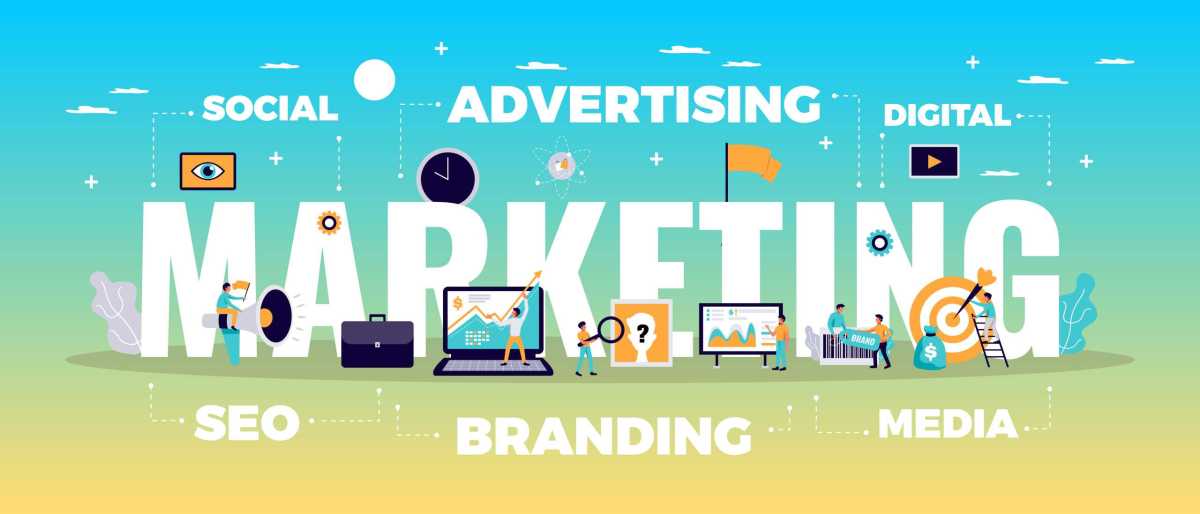Trying to get started on advertising and promoting your business can be a bit tricky. We’re going to guide you on some steps that could help you streamline your thought process when trying to advertise your business. Stick around and you’ll have a general idea of how to advertise your business, for any ads campaign!
Decide the Purpose of Your Ad

How to advertise your business? Well, first, it’s a good idea to hone in on the objectives of your ads. There are many reasons why you would come out with an ad. It can either be one single main goal or a combination of several.
1. Increasing brand awareness
Brand awareness is all about what people know about a product, service or company. Ads are for informing your potential customers about your brand and simply introducing it to them.
When something new enters the market, it doesn’t easily gain the favor or attention of buyers unless they’re informed about it. So you have to create awareness about your product/service first. Awareness is also what you need to be competitive in the market.
2. Generating traffic for websites
Another reason to advertise is to drive traffic back to your company’s website. You’re trying to persuade potential customers to take action and visit your website. A couple of commonly used methods marketers use are pay-per-click ads and social media ads to support this purpose.
3. Boost online engagements
Online engagements include likes, comments, shares, clicks and messages. Engagement refers to how often people interact with social media posts and other forms of digital content. The more they engage with your brand, the more likely they are to remember it. Brand loyalty from dedicated fans is also a byproduct of boosting online engagements. Some examples of ads that relate to this purpose involve giveaways, contests, polls, surveys or questions.
Brand loyalty from dedicated fans is also a byproduct of boosting online engagements.
4. Generate leads for the brand
One of the primary reasons companies invest in advertising is to generate leads. This process combines both persuasive and informative marketing strategies to increase the number of potential customers who may be interested in making a purchase.
Creating ads that focus on generating leads is often an excellent way to support your company’s sales department. Potential customers become actual customers when you’ve successfully persuaded and convinced people that your offers are much better than your rivals. Hence, why it’s smart to invest in advertising.
For example, a popular method is to involve yourself with search engine advertisements. These ads display specific products to appear on the search engine results page (SERP) like Google when people enter specific keywords. Through this, you can also collect people’s contact info and share this with your sales team to provide them with new leads.
5. Prop up your business’ sales
One of the main goals behind advertising is to convince the audience to take a specific action which oftentimes is to make purchases. You can assess whether a specific advertising campaign is successful by calculating how much revenue your business is earning while the ads are running. Then you compare this data with how much the business usually earns during the same time period to see if there’s an increase. All in all, increasing sales means persuading customers to place an order for your products.
6. Encouraging repeat customers
You know you have an attractive brand with attractive products when you see people coming back to buy from you. Ads aren’t just used to get people to you, but to also remind them that you’re still around and that they’re still going to enjoy your shopping with your brand again after their previous purchases. By showing people these ads repeatedly, you’re also improving brand loyalty and increasing the lifetime value of each new customer you acquire.
7. Building your company’s image
In addition, advertising is for you to build your branding and improve buyer ratings with regard to the products/services you offer as compared to other competing brands. Some brands and companies even consider it as the primary objective of their advertising campaigns.
Select an Ad Format

There are many different types and formats for ads that are available for you to use when deciding on how to advertise your business. Most of them can be easily done by anyone with a little bit of practice and creativity.
1. Display advertising
Any visual advertising element that we can place on a website, portal, blog, etc. as a banner, pop-up, and interstitial, we call display advertising. Ad blockers have somewhat affected these types of ads though. The solution isn’t to bypass the blockers and end up invading the user and being a nuisance, but rather to create ads that are really worth seeing.
2. Social media ads
Arguably the most important ad format in the past decade, and the decade(s) to come. Social media is incredibly important to consumers now. So leverage the combined billions of users online by launching ads on social media sites.
Facebook, for example, has its own tools and features that directly help you with creating ads on its sites. By extension from Facebook, Instagram also has opportunities for businesses like yours to advertise. Of course, YouTube being under Google also has similar ad features for you to use.
3. Onsite content
Fairly straightforward. This ad format refers to having ads on your website. There are 2 types to this format:
-
Onsite messaging at scale – with HTML5 technology, your ads change and adjust according to how users are viewing your website, mobile or desktop.
-
Onsite personalization – any data you have, especially from your customers, you can match the best ads suitable for each user at real-time.
4. Email marketing
Starting your email marketing campaigns is simple with the many databases there are on the market, with varying audience segmentations. Strong email marketing campaigns use ads to convince users to download or subscribe to a whitepaper or postings, creating a database of interested leads. You can then subdivide the database into specialized groups and direct retargeted email campaigns to them specifically, arriving in their inboxes at the right time, with the right message.
5. Search engine marketing (SEM)
SEM is about creating ad campaigns on sites like Google. By clicking on text ads found on search engines, users are brought to your website. It’s one of the most widespread written ads and digital advertising types.
The key is to match or come close to the keywords that users. Google Ads offers the option of creating search engine ad campaigns combined with retargeting lists to make your campaigns even more effective.
Try Different Ideas
As you get more and more knowledgeable in knowing how to advertise your business, you won’t immediately find one single ad campaign or any particular ad format that’ll work all the time. Some might work and some might not. It all depends on your creativity and the timing and contexts in which you launch your ads. Therefore, we recommend you try different ideas and ad types.
Build a Strategy Around Your Audience
One good strategy in advertising that you’ll always hear is pinpointing your target audience first. Knowing who you want your customers to be and who you’re selling to will help a ton with your ads and make campaigns less of a headache.
Remember to build any advertising strategy you’re planning around your chosen audience. It leads to more effective marketing and increases your chances of getting leads and then sales, even continuing customers and loyal fans.
Remember to build any advertising strategy you’re planning around your chosen audience.
Set Your Budget and Objectives
Set aside the proper budget for marketing campaigns and advertising. You need to plan this out which reflects in your business plans and attempts to convince tour investors and partners of your financial viability and profitability.
Also, set what you want to achieve from your ad campaigns. As we mentioned earlier, you don’t need to have just one. You can have several that work hand-in-hand. Determine your objective accordingly and based on your business needs at any given period.
Try Using Automation to Save Time
Be smart and efficient in running a business. And this of course extends to knowing how to advertise your business. Use any automation opportunities or features that you can get. It’ll help you save time, resources, and manpower. Social media sites that support advertising features tend to also have automation built in, as well as other sites and software. So use them wisely and use them well.




Leave a Comment